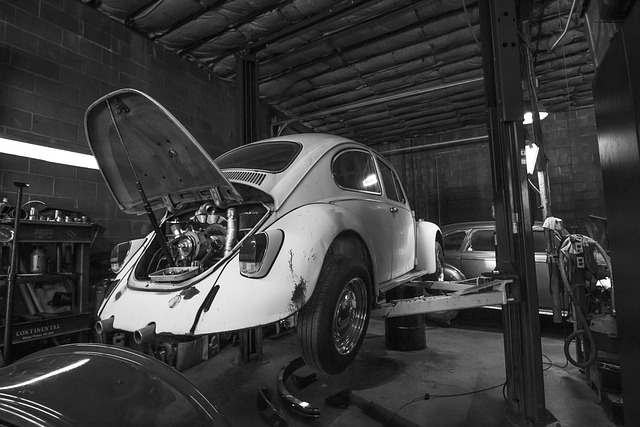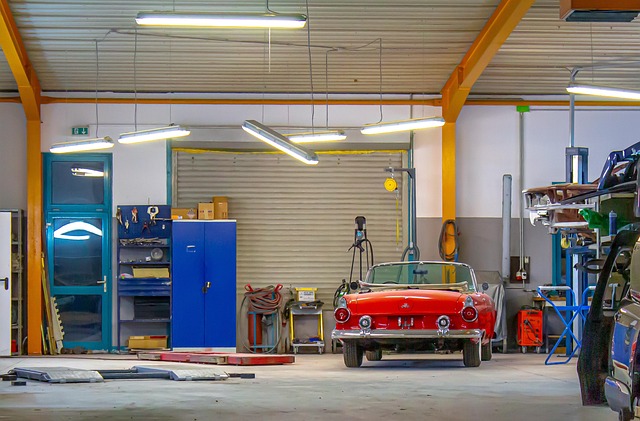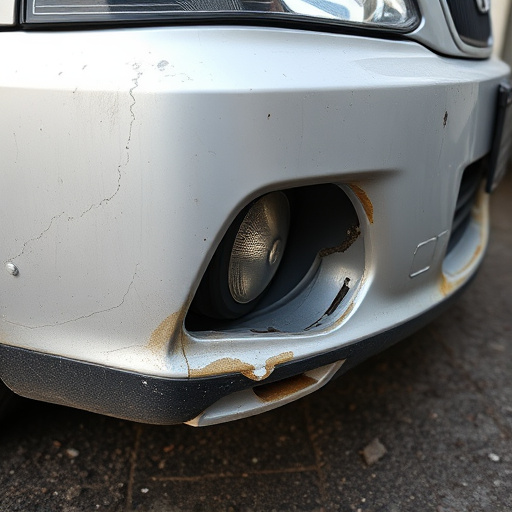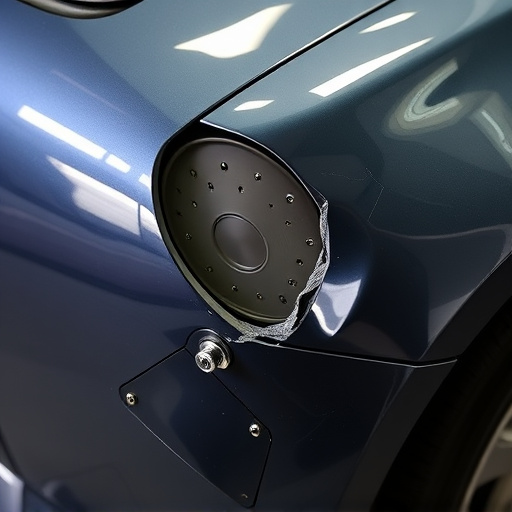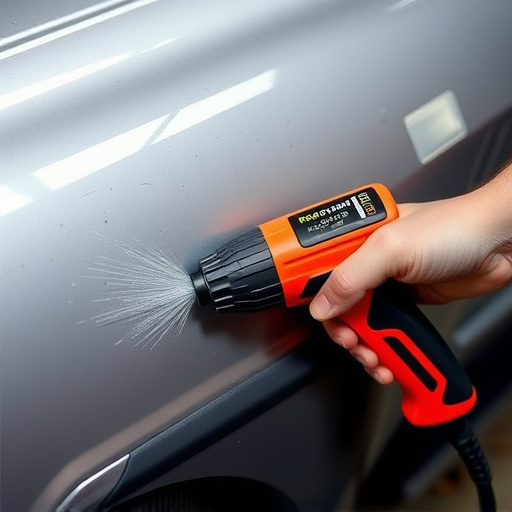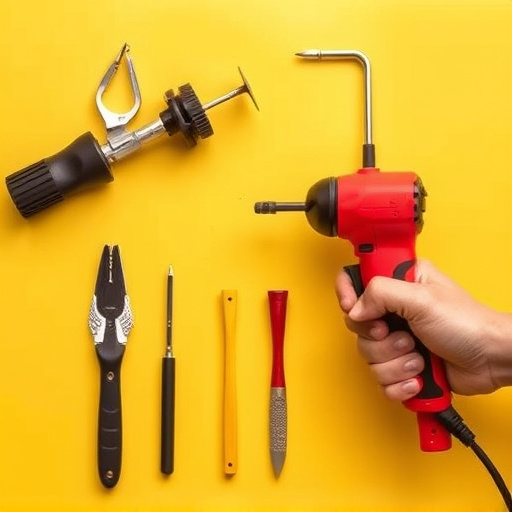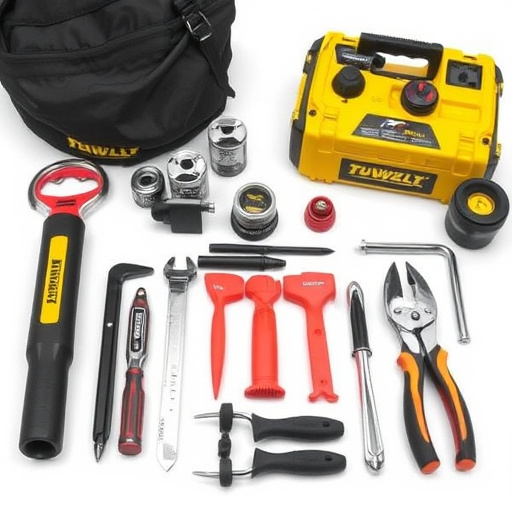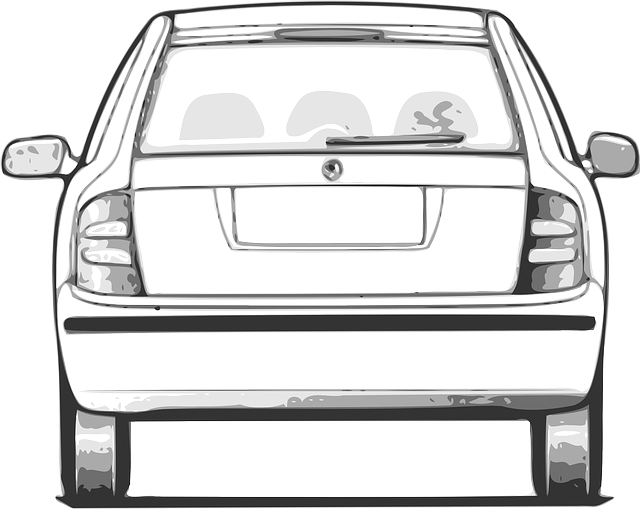Meticulous documentation is crucial for high-quality and efficient dashboard repair collision processes. Each stage, from initial assessment to reinstallation, requires detailed records of damage, parts replacements, and work progress. Effective documentation enhances communication, ensures industry standards, tracks vehicle history, facilitates future maintenance, promotes customer satisfaction, and streamlines services from fender repairs to car painting. Best practices involve meticulous assessments, detailed staging with images and notes, recording used materials and painting techniques, ultimately enhancing repair accuracy, reducing disputes, simplifying claims, upholding shop reputation, and contributing to safer vehicles.
In the intricate world of automotive repairs, especially focusing on dashboard repair following a collision, proper documentation emerges as a key differentiator. This article explores the vital role that detailed and systematic documentation plays in streamlining collision repair processes for dashboards. We delve into how comprehensive records ensure quality, enhance efficiency, and contribute to safer vehicle restoration. By understanding the best practices for dashboard repair documentation, technicians can navigate these processes with enhanced skill and precision.
- Understanding Dashboard Repair Collision Processes
- The Role of Documentation in Ensuring Quality and Efficiency
- Best Practices for Comprehensive Dashboard Repair Documentation
Understanding Dashboard Repair Collision Processes

Dashboard repair collision processes are intricate procedures that require meticulous documentation to ensure smooth operations and high-quality outcomes. Understanding these processes involves grasping several key stages, from initial assessment and disassembly to repairs, restoration, and final reinstallation. Each step necessitates detailed records, including damage specifications, parts replacement details, and work progress updates.
Effective documentation in dashboard repair collision facilitates seamless communication among technicians, ensures adherence to industry standards, and promotes customer satisfaction. It allows for tracking the history of a vehicle’s repairs, facilitating future maintenance and enhancing transparency. Moreover, well-documented processes contribute to efficient fender repair, dent removal, and car paint services, ultimately streamlining the entire collision repair experience.
The Role of Documentation in Ensuring Quality and Efficiency

In the realm of dashboard repair collision processes, documentation plays a pivotal role in ensuring both quality and efficiency. Comprehensive records serve as a roadmap for auto repair shops, guiding them through intricate repairs with precision and consistency. Every detail, from initial assessments to final touch-ups, is meticulously documented, fostering transparency and accountability throughout the entire process.
Effective documentation facilitates seamless communication among shop technicians, customers, and insurance providers. It enables efficient tracking of parts replacements, work performed, and associated costs. Moreover, detailed records are instrumental in justifying repairs, especially when dealing with paintless dent repair techniques or intricate auto detailing tasks. This ensures that every action taken during a dashboard repair collision process is well-documented, enhancing overall quality and customer satisfaction.
Best Practices for Comprehensive Dashboard Repair Documentation

Comprehensive documentation is an indispensable aspect of efficient dashboard repair collision processes. It serves as a detailed record of every step taken during the restoration, ensuring transparency and facilitating seamless communication between auto body shops, customers, and insurance providers. Best practices for dashboard repair documentation include meticulously recording initial assessments, documenting each repair stage with high-quality images and notes, and preserving records of all materials used, including specific auto body painting techniques employed.
Accurate documentation enhances the accuracy of repairs, reduces disputes over work performed, and simplifies the claims process. For vehicle body shops, maintaining meticulous records is crucial for upholding their reputation and ensuring customer satisfaction. By fostering a culture of detailed documentation, auto maintenance professionals can streamline their workflows, deliver superior results, and contribute to safer, more reliable vehicles on the road.
Effective dashboard repair collision processes rely heavily on thorough documentation, which acts as a cornerstone for quality control and operational efficiency. By implementing best practices and documenting each step of the repair process, collision centers can ensure consistent outcomes, streamline workflows, and foster transparency. This, in turn, leads to higher customer satisfaction and strengthens the reputation of the repair facility within the industry.



